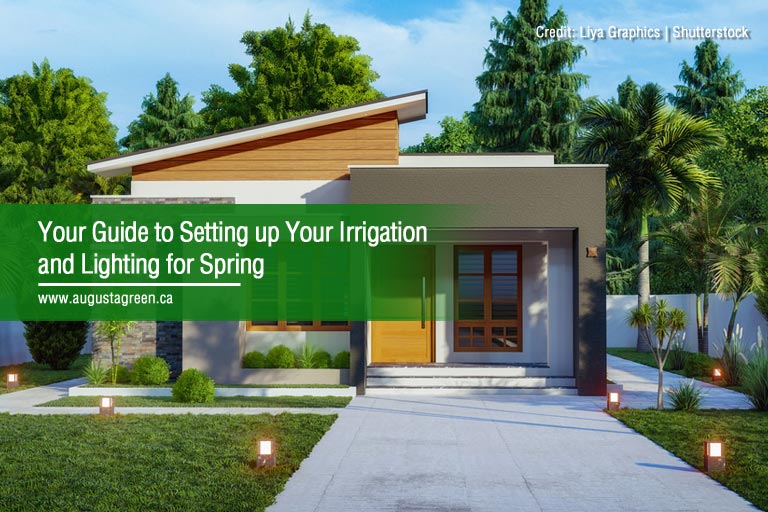With the last vestiges of winter melting away, it’s time to prepare your garden for the warmer months ahead. As spring begins its rounds, it’s a good idea to do some season-appropriate preparation and maintenance specifically on your equipment (like your sprinkler system) and landscape fixtures. Taking care of your outdoor lighting and irrigation systems allows you to preserve both the safety and curb appeal of your home.
However, if you haven’t already installed your irrigation system or landscape lighting, consider doing so. Having reliable sprinklers set up and adequate landscape lighting has plenty of benefits for you and your property.
Here’s a short guide to setting up and looking after your equipment and fixtures so you can welcome spring in style.
Irrigation
- Get your timing right
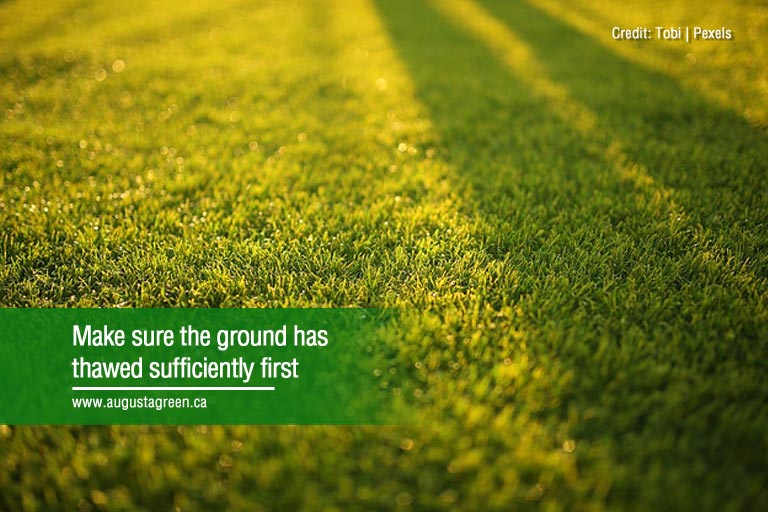
The soil beneath the landscape is often the last thing to thaw. Even when all signs above ground point to spring being here, it may still not quite be time to install the system. Make sure the ground has had enough time to thaw first before you start up your spring irrigation to avoid any damage.
A good way to know when to initiate the irrigation system startup procedure is to go by feel. Frozen soil often feels hard to your hands and feet, but warm soil has a bit of give and feels soft and springy. Double-check by digging with a spade to make sure the soil is soft all the way through. If it is, it’s likely a good time to get your system up and running.
- Perform a test run
One simple way to test that the system’s working properly is to give it a test run once it’s warm enough to try again. Start your sprinkler system and pay close attention to the cycle to spot any irregularities. Take note of any areas where the water doesn’t reach or where it pools. Knowing where the trouble spots are comes in handy when figuring out where to make adjustments for a more efficient system.
Once you make the necessary changes, you’ll go a long way toward minimizing wasted water. It’s not just a smart way to keep the water bills low, it’s also great for the environment.
- Pay attention to watering needs
Different plants have different watering requirements. Learn the basic ground rules of watering your plants so your irrigation system can sprinkle water more efficiently. Be sure to learn about your plants as well so you give them no more and no less water than they need to flourish and thrive.
Also, remember to adjust your system’s settings depending on the time of day or your garden activities. For example, if you’ve mowed the lawn, set the system to provide more water to help the grass through the growing stage. As the grass grows, it’ll need less water, so you can adjust the settings to reduce the water you give it.
- Inspect your sprinkler heads
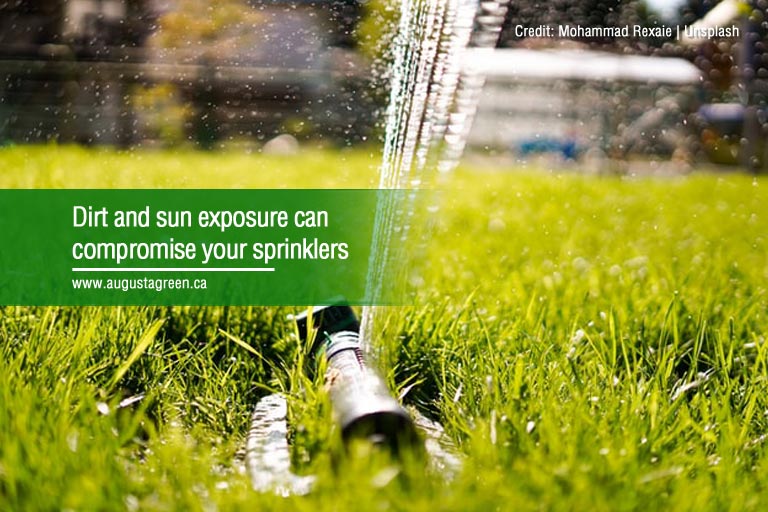
The sprinkler heads are the part of the system most exposed to the environment, which makes them susceptible to damage. Whether they’re blocked by dirt, deteriorated by sun exposure, or damaged by passing lawn mowers or snowplows, it’s vital you inspect the sprinkler heads to make sure they can continue to water the surface efficiently.
Check that the heads are clear and undamaged so water can go where it needs to. Keep an eye out for loose sprinkler heads and tighten them to improve efficiency. Last, check the sprinkler filters to make sure there aren’t any clogging issues in the system’s inner workings.
- Check the inner workings
Issues with the sprinkler can also arise from behind the scenes, as it were. Check that the pump is running, and running properly. Sometimes, pumps can develop issues like stopping mysteriously or failing to deliver water to the system. Make sure the pump works as intended so the system gets the water it needs to function.
Another section of the system to take a look at is the valves. The valves regulate water distribution to the entire system, so check it to make sure there aren’t any leaks that could wastewater. Give the valves a visual inspection to make sure they’re operating properly.
- Replace any old parts
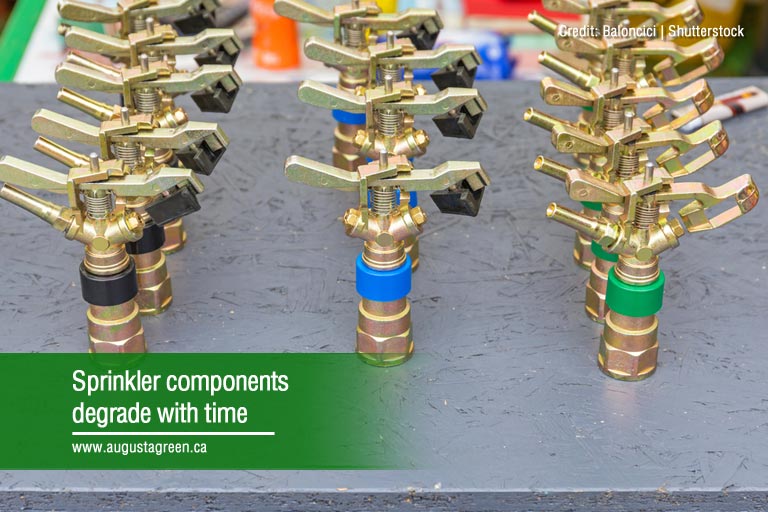
Like other machines, it’s a good idea to replace old parts with new ones. After your inspection, you may find that some components (typically the nozzles and sprinkler heads) may need repair or replacement to bring the system back to maximum efficiency. As parts undergo wear and tear, they become less efficient at their jobs. Some new parts can go a long way toward restoring the system’s functionality and giving you more value for your money.
If you’re thinking of overhauling your system or installing a new one, consider investing in smart irrigation. Smart products automate the water process for greater convenience and efficiency. Some smart irrigation systems can be operated remotely, allowing you to set the system to water the garden even when you aren’t there.
Lighting
Set up your lighting fixtures by following these steps:
- Do some spring cleaning
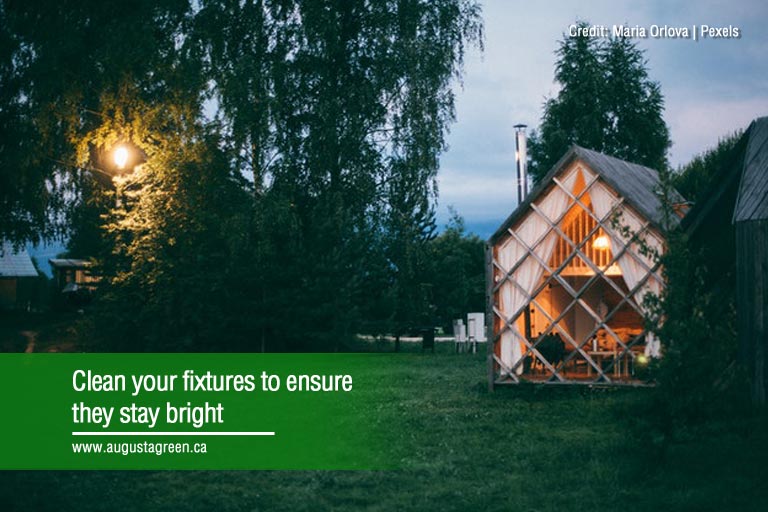
Snow, salt, and plant debris can all leave your lights looking dimmer than intended. Give your lights an inspection to see if the lenses are still clear enough to light your garden. Cleaning any dirty lenses and replacing any scratched ones is a major step in landscape lighting maintenance that keeps your lights bright. Take note, it isn’t just a great way to beautify your garden; it also contributes to making your home all the more secure.
While you’re at it, take care to clean the metal or plastic parts of your light fixtures before tackling the lenses. Most of the time, you can use soap and water, but you can also apply wax or polish on certain types of metal to prevent future damage.
- Check for winter damage
As the ground freezes and thaws, any fixtures set in the ground can get moved out of alignment. Fixtures can also take some damage from accidents, like errant snowplow blades or sleds. Take steps to repair or realign the fixtures to ensure they can keep up their job of lighting your garden properly.
Keep an eye out for any loose cables as well, particularly those in high traffic areas. Call professional landscape lighting service providers for help with this task. They have the skills and tools to replace the wires safely.
Remember to take a look at the fixtures’ warranty to help ease the costs of repair or replacement. Many high-quality fixtures have a lifetime warranty, which can go a long way toward helping you get new ones.
- Reset your lighting timer
As the seasons change, it’ll be time to adjust for daylight savings again. Around the beginning of March, reset your timer to account for the shift in daylight hours. Not only is it a way to help illuminate your home at the right times, but it will also allow you to save power during the day. While you’re at it, consider upgrading your system to smart bulbs. You can control these from your phone, making future adjustments more convenient.
- Invest in new technologies
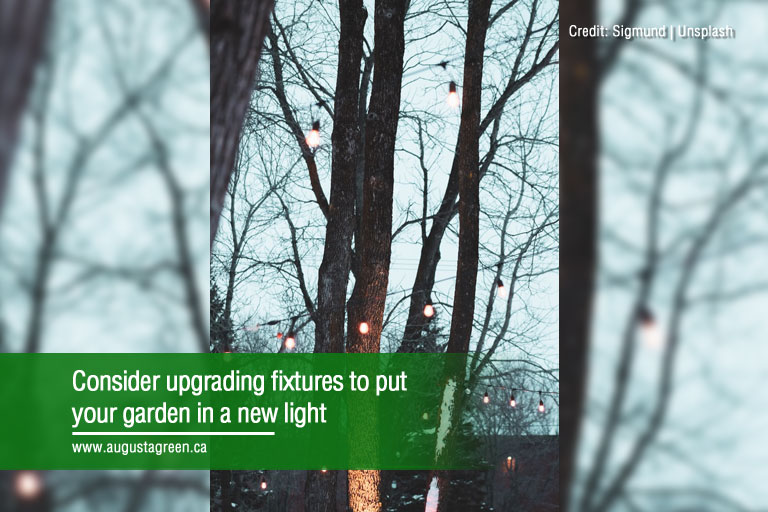
Spring is also a good time to add upgrades and improvements to your outdoor lighting maintenance checklist, especially if it’s been a long time coming. Your system can do more than light up your garden.
The right fixtures can jazz up your landscape in a variety of creative ways, from highlighting prized plants to illuminating walkways through the garden. Think about getting some additions to the garden like driveway lights, spotlights, floodlights, or path lights to give your yard a new lease on life.
The changing of the season gives a variety of opportunities for improvement. Take this chance to breathe life and light into your landscape with the simplest maintenance or even a complete upgrade.
When you need a full-service landscape irrigation and lighting company, look no farther than Augusta Green Sprinkler. We provide only top-quality products and services to help you keep your landscape in good order. Give us a call now at (416) 227-1666 whenever you need a helping hand with your landscape.

